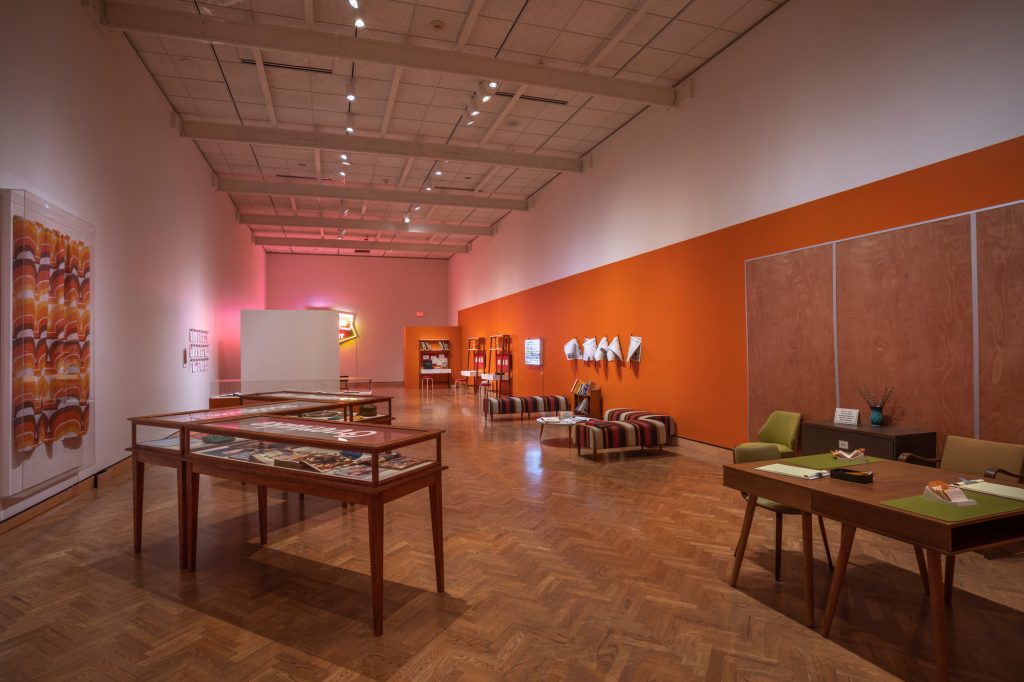Dear friends, colleagues and family,
I know many people share my experience of feeling like the speed of everything ratcheted back up in 2022. This after so many declarations that we’d learned to take things more slowly over the past two years. Demands on our time and attention seem higher than ever and any hope of a more humane world seems ever more out of reach. Despite this, I’m feeling better than I have in years, which I can only attribute to the so-called U curve of happiness.
I spent the majority of this year preparing for a solo exhibition at the Minneapolis Institute of Art. Das Fundbuero — Civics Lessons brings together the archive and documentation from Fundbuero projects in Germany with works I’ve made since returning to the US that reflect on participatory processes. The show is up until February 26. Please visit if you are in town—I’m happy to meet you there for discussion. I’ll send a short notice again when photos and dates for programming are available.
Appearing in conjunction with the exhibition is a new book. Conduit, Caretaker, Anchor, Catalyst: an incomplete taxonomy of relationships between artwork, artist, participant and audience is a set of 24 drawings that diagram relationships I experienced in Das Fundbuero from 2007-2014. Published by and available for purchase from Birchwood Palace Industries.
Earlier in the year, I was surprised to find the Tweed Museum at the Univ. of Minnesota Duluth was hosting an exhibition of experimental art from the late GDR. It was an amazing show curated by Sara Blaylock and Sarah James. You can read my review of Anti-Social Art: Experimental Practices in Late East Germany at ARTMargins online.
I always endeavor to make the end of the year a quiet, meditative time for reflection. If that’s your bag, too, here’s hoping you can carve out the space for it. If the holiday hustle and bustle are more your thing, I hope you find time to enjoy that.
Best Wishes for the New Year,
Monica
PS Issue 3 of The GRIND will be appearing in spring next year, so I’m trying to clear out inventory of Issue 2. Use the code BACK40 at The Feminist Strip Club’s Etsy shop for 40% off until January 31, 2023. Makes a great stocking stuffer!




 I’ve also been working on a series of drawings that diagram various relationships between artist, participant, artwork and audience as I experienced them in the project
I’ve also been working on a series of drawings that diagram various relationships between artist, participant, artwork and audience as I experienced them in the project